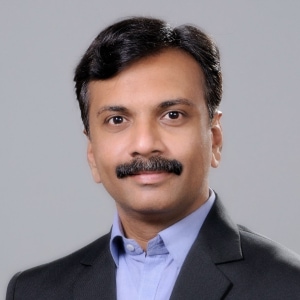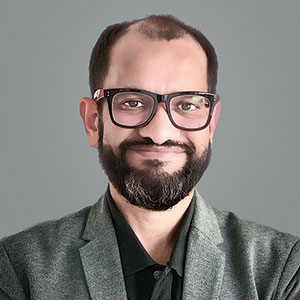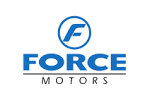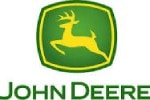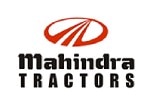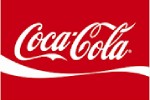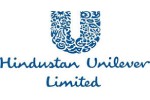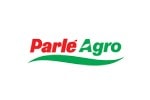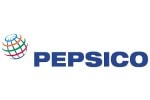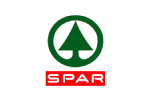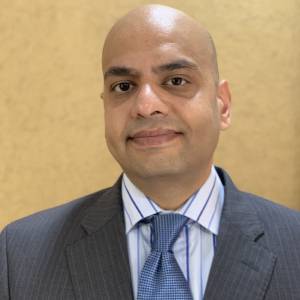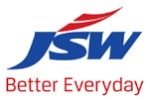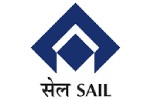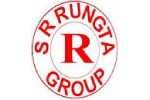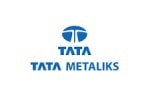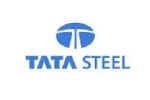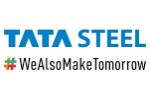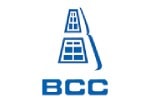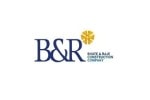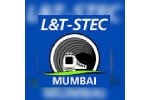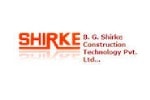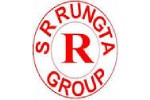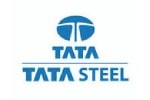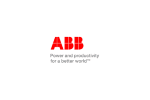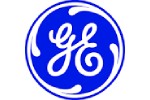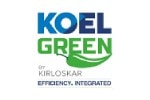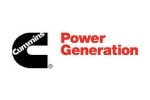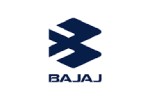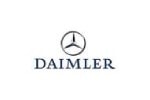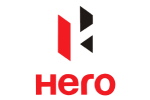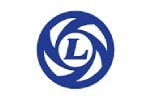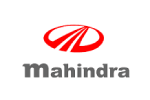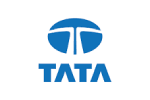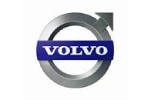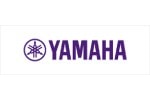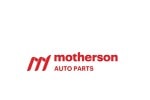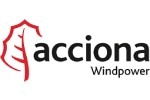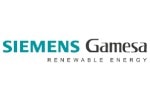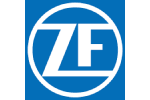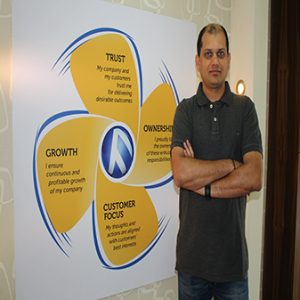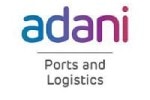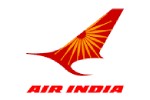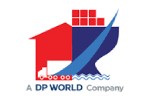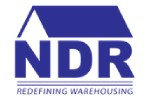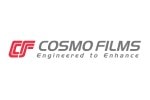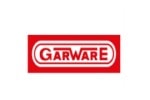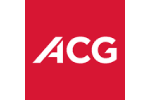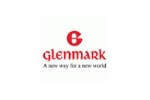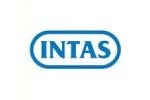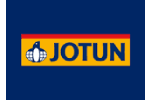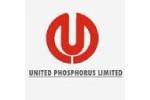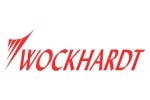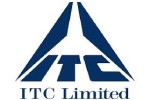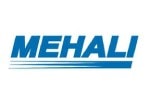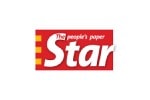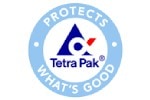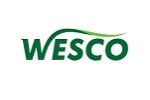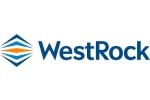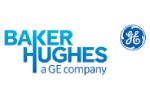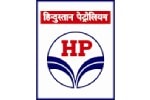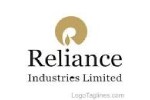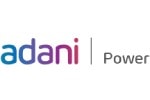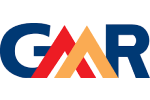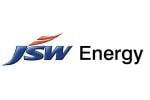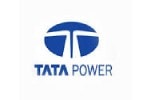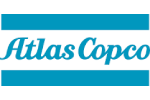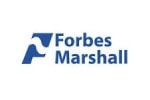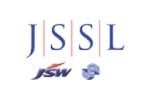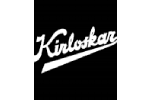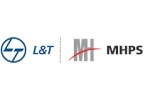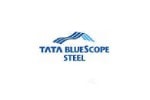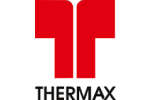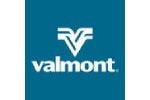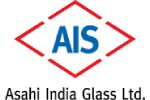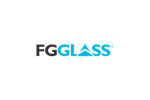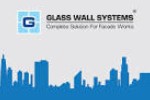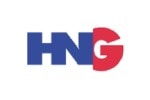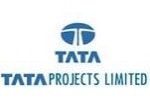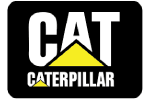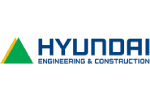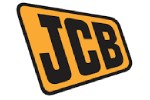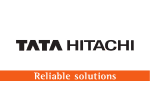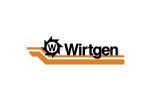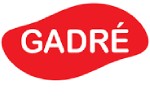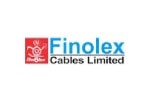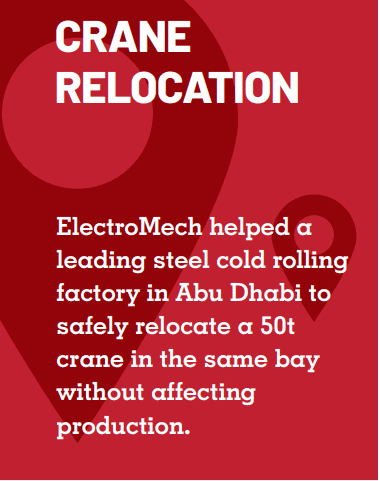
Project challenges
In one of its bays in the Abu Dhabi factory, the customer has two DG-EOT cranes, one having 30t capacity and the other with 50t capacity. Both the cranes travel on the same rails and are mainly used for handling heavy coils.
Over the years, there was a change in the requirement. The handling in the middle area of the plant was limited to less than 30t, whereas at one extreme end of the bay, there was a need to handle loads exceeding 30t.
The sequencing of these two cranes was posing a problem as the higher handling requirement existed on the same side as that of the 30t crane. This meant that one had to move the 30t crane in the extreme position and then move the 50t crane adjacent to it, so that loads heavier than 30t could be handled. This was limiting the reach of the 50t crane to the extreme position of the bay and also blocking the 30t crane, which remained idle while the 50t crane was being used. This poses a major issue in lifting the heavy components which are placed at the end of the bay, and increases crane waiting time and disrupts lean manufacturing
Another challenge was to carry out relocation without halting the routine activities in the bay, and in the shortest possible time
The customer approached ElectroMech with the requirement to alter the crane sequencing by relocating the 30t crane.
The customer has the largest flat steel rolling and hot-dip galvanizing complex in the GCC region. It is a joint venture between a leading industrial group in the UAE and a global steel corporation headquartered in Japan. Their strategically located factory in the Industrial City of Abu Dhabi (ICAD), has the capacity to produce 500,000TPA of different types of steel coils required by the construction, fabrication and other nonautomotive industries. The main production lines include a semi-continuous pickling line, a 6-Hi reversing cold rolling mill and 2 continuous galvanizing lines.
The company is well-known for adhering to high standards of quality and safety and is certified with ISO 9001:2008 and EHMS. With a presence in over 20 countries, the company covers all of the key steel markets in the MENA region and is an established brand
Solution from ElectroMech
When the ElectroMech team conducted a feasibility study, it was revealed that bringing down the 30t crane after dismantling was not possible because of the projected part of the girder, extreme space constraint at the installed height and lack of clear width.
Changing the sequence of the cranes was possible even by relocating the 50t crane and hence this feasibility was evaluated by the ElectroMech team. Once our team was sure about the feasibility of the option, the idea was proposed to the customer.
The entire project was properly scheduled so as to ensure minimum possible disturbance in the routine process. As the 50t crane having 29m span and 10m height of lift (HOL) was relocated to a new position near the extreme end of the bay, considerable space was available for manoeuvring the girders. This has helped in re-erecting the crane quickly.
Complete erection and commissioning was carried out as per the schedule stipulated by the customer and thorough trials were conducted for the safe and desired performance of both the cranes.

Benefits to the customer
- The customer was able to rearrange the crane sequence as required in the least possible budget. This avoided the heavy investment required in procuring a new crane.
- The entire work was carried out without disturbing the other operations in the plant.
- Due to the expertise of the ElectroMech team in managing such crane relocations in a time-bound manner, the customer did not face any inconvenience.
- Assurance of safe operation of cranes after the completion of the project because of our knowledge in the field and adherence to the right E&C practices.



Expert aftersales support for












Disclaimer
© Copyright 2020 | All the names and logos used here are the registered trademarks of respective companies. For private circulation only. Certain data mentioned here is based on assumptions and theoretical calculations, hence may not be accurate in practice and can’t be considered as a claim by the company.


